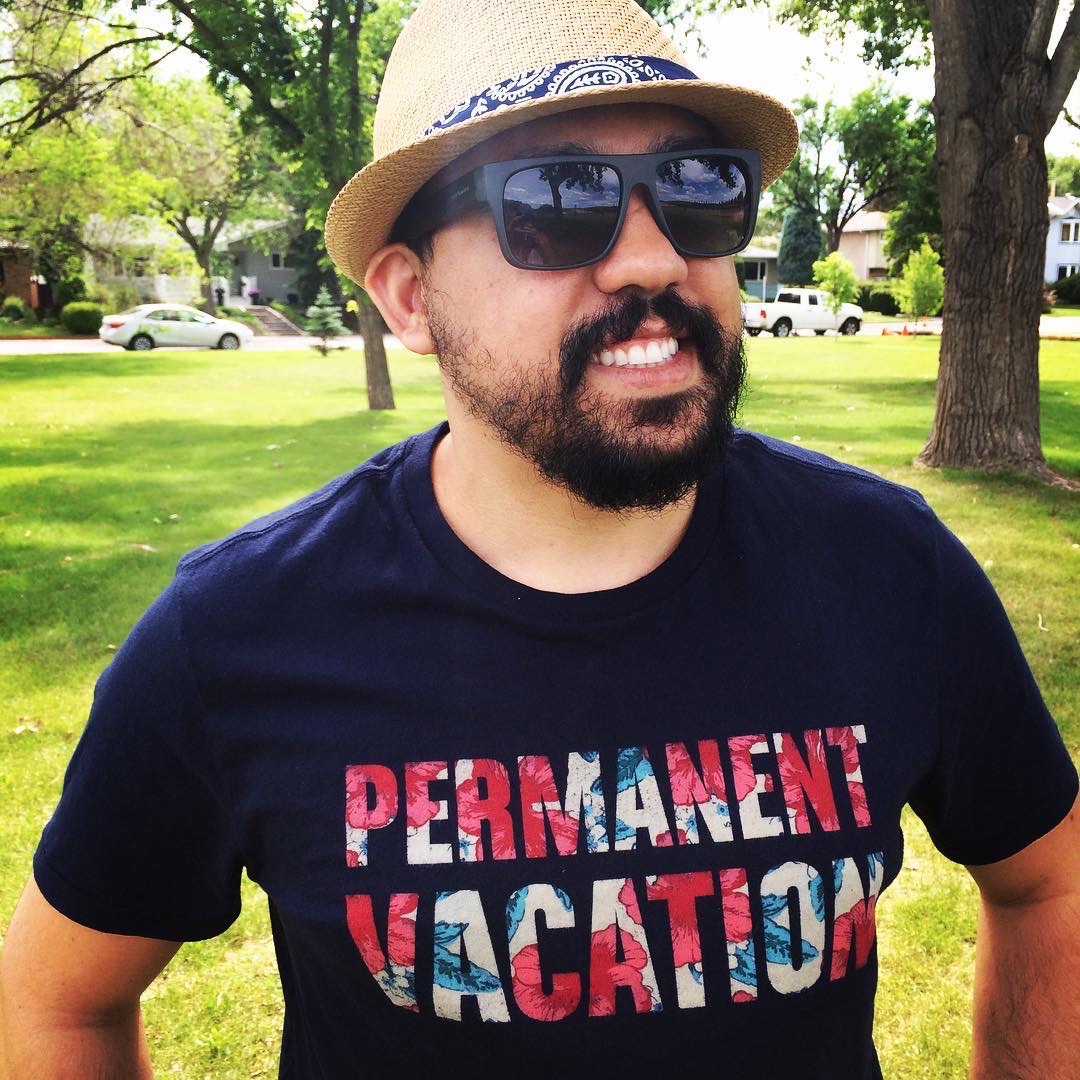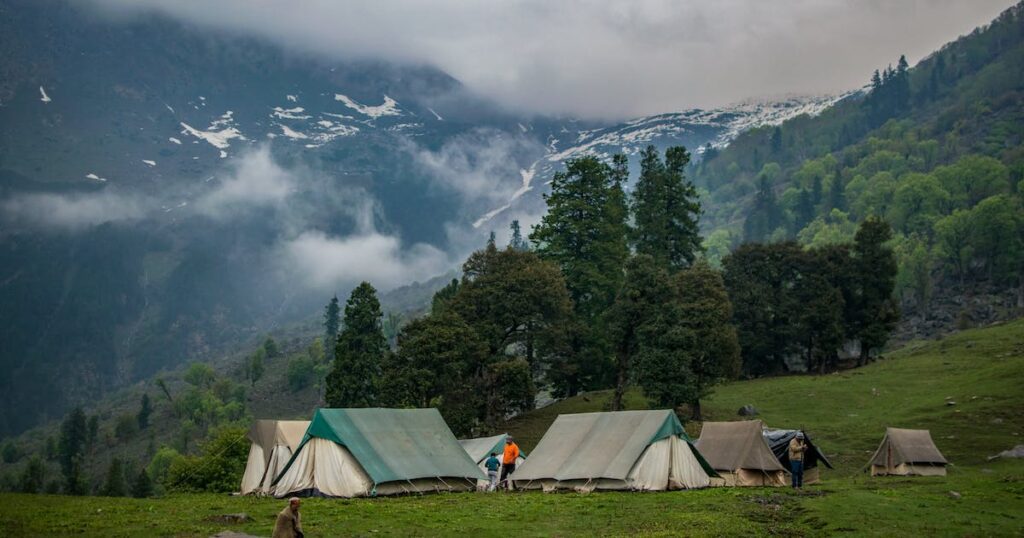Camping has become one of the most sought after forms of tourism in recent times. However, not everyone prefers a campsite to stay at, as these are paid places. There are those who prefer to camp while spending little and opting for public spaces, making the trip more economical and different.
However, when choosing to camp in open areas, also known as wild camping , it is important to be aware that you will not have the knowledge of a local guide or comfortable infrastructure with a bathroom, shower, stove and refrigerator.
Therefore, to avoid unforeseen events or problems that could hinder your trip, it is essential to pay attention to a series of precautions and make good travel planning.
With this in mind, we prepared this content with tips on how to camp on a budget and what equipment to take to ensure you can better explore this experience. Continue reading and check it out!
Tips for camping on a budget and without headaches
While wild camping , you will not have access to the internet, cell phone signal, or any type of power source. Additionally, you will likely be in an isolated and remote location, far from cities or any necessary help.
Therefore, you need to think about every detail to ensure that camping is fun and hassle-free.
Check out six practical tips that we have put together for you to camp safely and calmly, without any scares or surprises. Check out:
1) Find out about the destination
To ensure that the camping experience on a budget is safe and enjoyable, the first step is to plan your trip in detail and get as much information as possible about your destination .
It is important to find out if the chosen destination is not used as a sport hunting area, understand the climate characteristics of the location and identify cities or towns close to the destination.
This type of information allows you to camp more peacefully, helps you decide which items will be essential for your stay and define which means of transportation will be the best option to get to the location.
It is also worth including the closest places to get help in your planning. As you will often be far from the city, it is essential to know where the nearest hospital is, a measure that makes all the difference in an emergency situation.
2) Choose a suitable location to set up the tent
Arriving at your destination, analyze the territory and observe the best place to camp and set up your tent .
The ideal is to choose a flat place, away from trees and above the city or roads. Also observe the flow of people to avoid curious people.
Furthermore, the terrain chosen for camping must be dry and well leveled, to avoid forming puddles of water under the tent in case of rain. It is also important to clean the area, removing stones or branches so as not to damage the tent.
3) Bring a suitable tent
As important as deciding where to install the tent , it is essential to define its model. Color is an important factor, and it is recommended to choose more colorful options, as they make it easier to locate people and other equipment.
Tents that are easy to set up and move around are also recommended for a better experience and, if your goal is to camp on a budget , it is essential to choose a waterproof model to protect your equipment from any type of damage caused by rain.
Smaller tents , suitable for two people, accommodate one person with their equipment quite comfortably and are also ideal for colder places because they concentrate heat better.
But if the idea is to camp as a couple or share a tent, choose larger models that are also suitable for hot places because, due to their larger ventilation space, they help to withstand the heat.
Finally, in cases of tents that will be used for the first time or if you are new to the practice, do tests at home to learn how to set it up and familiarize yourself with the product.
4) Pay attention to setting up and dismantling the camp
When wild camping, it is necessary to take measures for your own safety. Therefore, if you already have more experience in this type of adventure, the ideal is to set up your tent at dusk so as not to attract attention from people or be noticed by dangerous animals.
It is also very important to leave the place clean, without rubbish or traces of your presence. In addition to being a safety measure, it is a matter of care and respect for the environment and its preservation.
5) Food and cooking uses
You can’t go without eating, right? Therefore, it is important to take basic kitchen utensils to prepare simple meals such as breakfast, for example.
Cooking on a camping trip is not a simple task, but it can become easier with the help of some items and tricks that you should follow.
Also make sure that the amount of food will be sufficient for the entire period of the trip, to ensure that there is no shortage or excess of food.
Essential for food on the tour, these are some of the items that will ensure that you and your group can save money when it comes to eating and camping while spending little :
- Pans, cutlery and bowls;
- Stove and gas;
- Bags or thermal boxes for food;
- Lighter;
- Can and bottle opener;
- Coffee strainer;
- Garbage bag.
As for food , the suggestion is to choose practical and non-perishable options . Choose ready-made, fresh and canned products that are safer and avoid the risk of food poisoning. Some food suggestions to take when camping are:
- Water
- Fruits such as apples and pears;
- Coffee to brew or instant;
- Soups;
- Powdered milk;
- Canned beans, tuna and peas;
- Sweet and savory cookies;
- Cereal bars;
- Chocolate.
- Ready-made, vacuum-packed foods.
By taking these items with you, you will be able to camp on a budget , without giving up good food.
6) First aid kit
Whatever your destination, it will probably be in a remote and isolated region. Therefore, finding yourself faced with a medical emergency while camping can be a serious problem.
Therefore, it is essential to have a first aid kit in your backpack to ensure that the tour does not end earlier than planned.
Some items you can include in your medical kit:
- gauze and bandages;
- Blunt scissors and thermometer;
- Dressings of various sizes;
- Saline solution;
- Micropore tape and adhesive;
- Medicines such as antiallergic, anti-inflammatory, analgesic, antacid and muscle relaxant.
It is also important to remember that personal hygiene items are essential, such as soap, toothbrush and toothpaste, wet wipes and toilet paper.


I’m Djavan Dias, or DJ for short. I’ve swapped corporate life for endless adventures, sharing travel tips and insights on Premier Wanderlust. Dive into a world of smart travel and unforgettable experiences with me!



